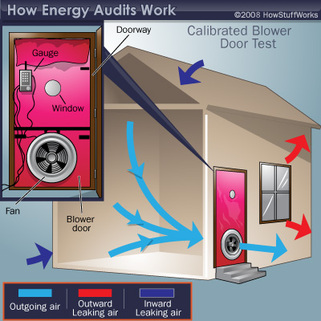
The blower door unit has pressure gauges to calibrate the pressure difference being used for the test and a manometer that measures the total amount of air flowing in through cracks and openings.
Air infiltration is measured in cubic feet per minute (CFM) and is then calculated as a number of Air Changes per Hour (ACH)
| Normally, a blower door test is done after the house is entirely complete. We decided that we would do two tests: one with just the flash insulation and a final test when the house is complete. This allowed us to fill some leaks and make a few improvements before the drywall goes up. It also allows us to measure the effects of drywall and finishing on the overall performance. Keith Jensen from Home Energy Shield did the test. The total volume of the house (counting the basement) is about 45,000 cubic feet. Code allows 7 ACH which would be roughly 315,000 cubic feet per hour or 5247 CFM. Our test came in at 2294 CFM, which is approximately 3.06 ACH. We are very happy with this result. Tight construction, quality windows and flash-batt insulation have resulted in a package that just about meets the future IECC requirements and we don't even have the drywall installed yet. |
Based on the computer models, moving from ACH=7 to ACH=2 will save about 20M BTU of heating per year, which will save about $350 per year in electricity (neoTerra is all electric). This would be a savings of roughly $7000.00 over a 20 year period.
On the other hand, spray foam insulation is expensive. You have all the cost and labor of installing batts and even more expense and labor for the spray foam. You essentially insulate the house twice. The spray foam is labor intensive since all of the windows and floors have to be covered in plastic and taped to protect against overspray.
For neoTerra, the flash-batt system cost more than twice as much as just installing fiberglass batts. The fiberglass came to roughly $2.00 per square foot while the spray foam was more than $3.50 per square foot. At $7400.00 the cost of the spray-foam is sort of on the edge of being cost-effective if we only look at the savings on electricity.
As an additional consideration, however, reducing the heating load by 20M BTU/yera allowed us to save about $2000 on HVAC equipment.
My conclusion is that flash-batt insulation is cost-effective and will improve the comfort of the house.

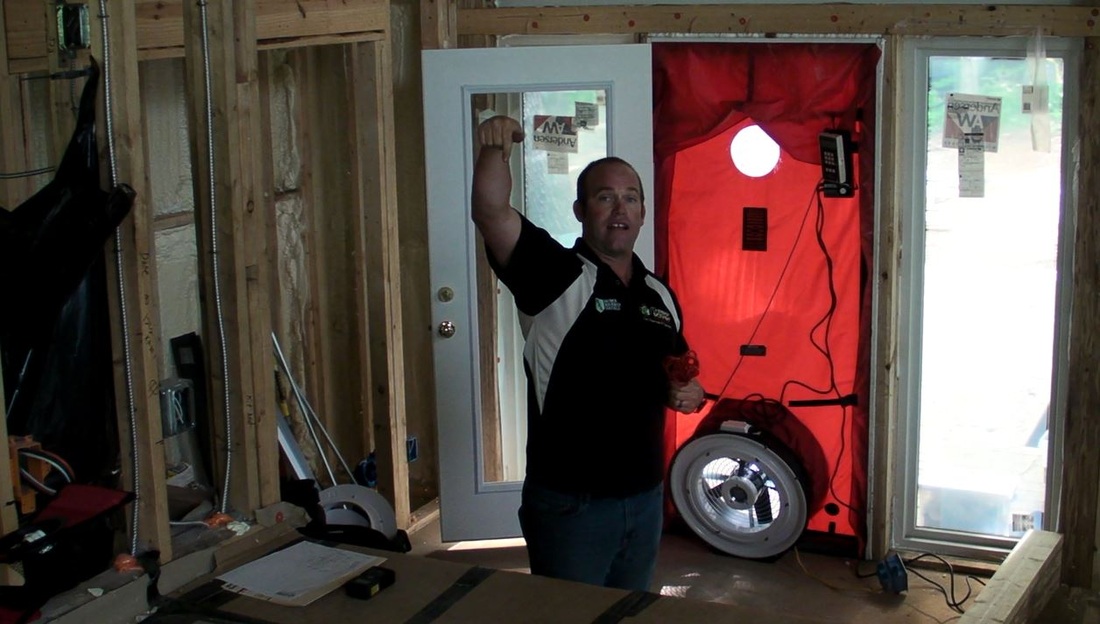
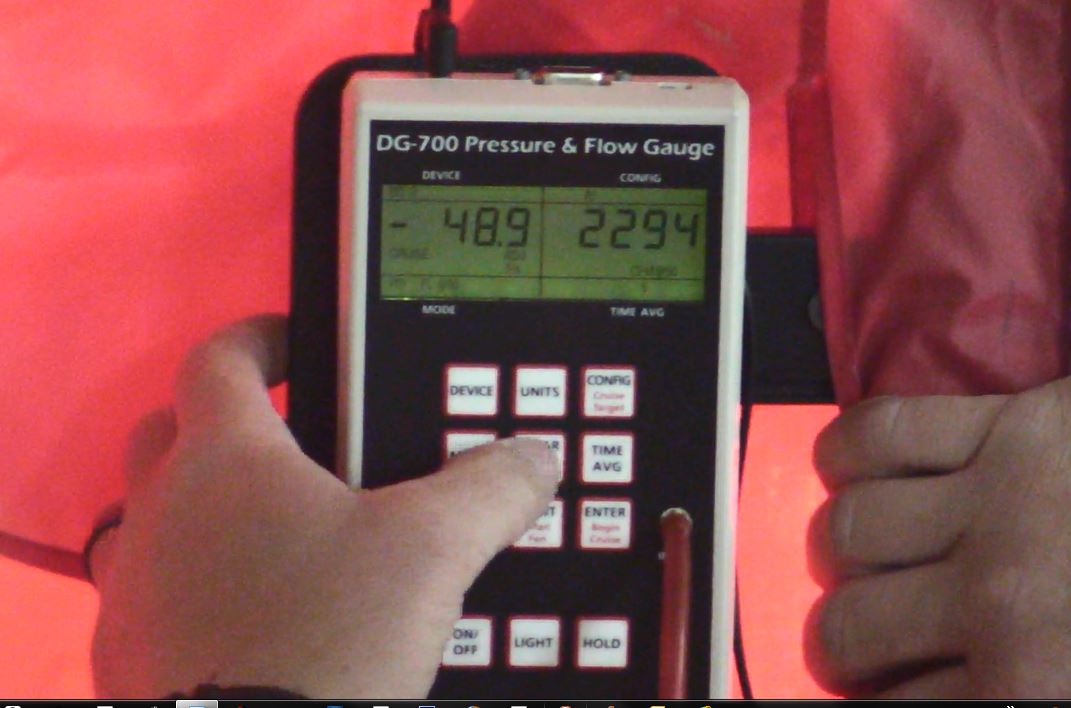
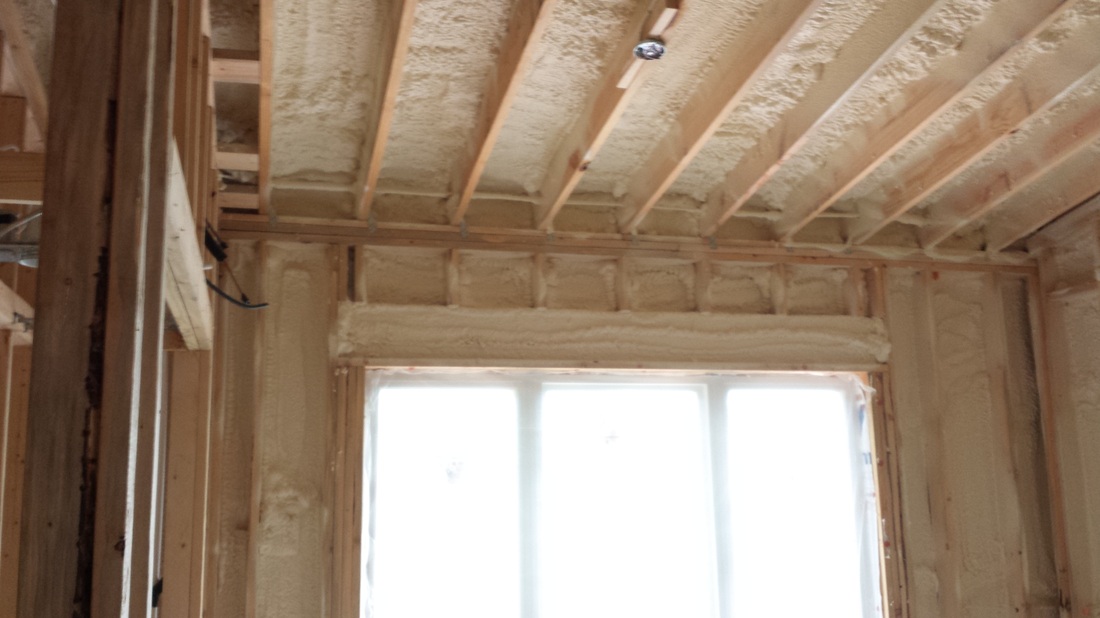
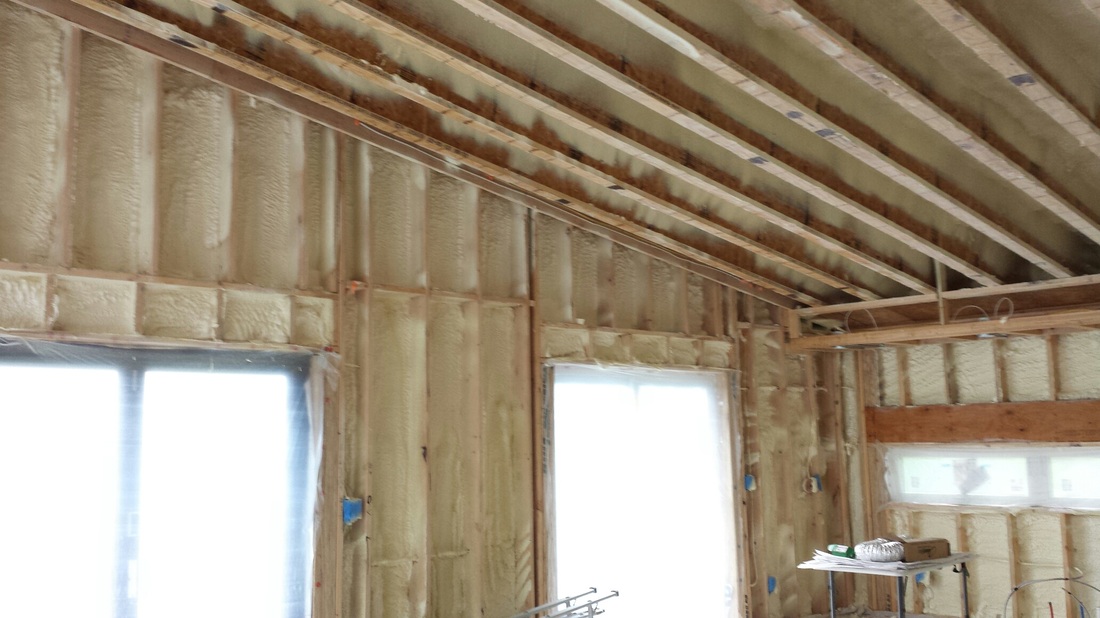
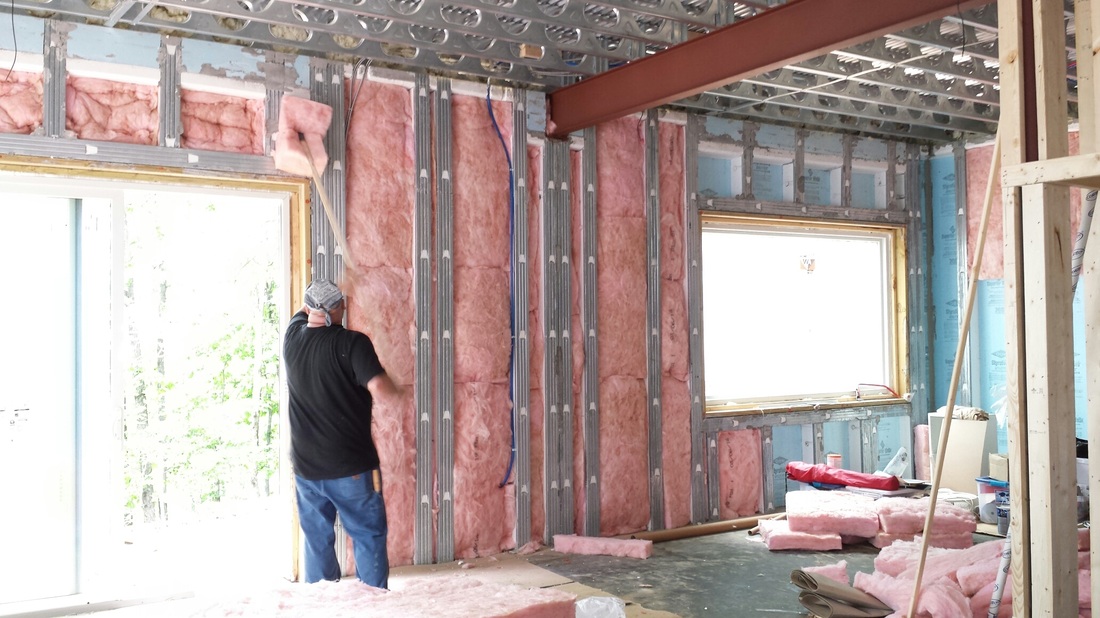
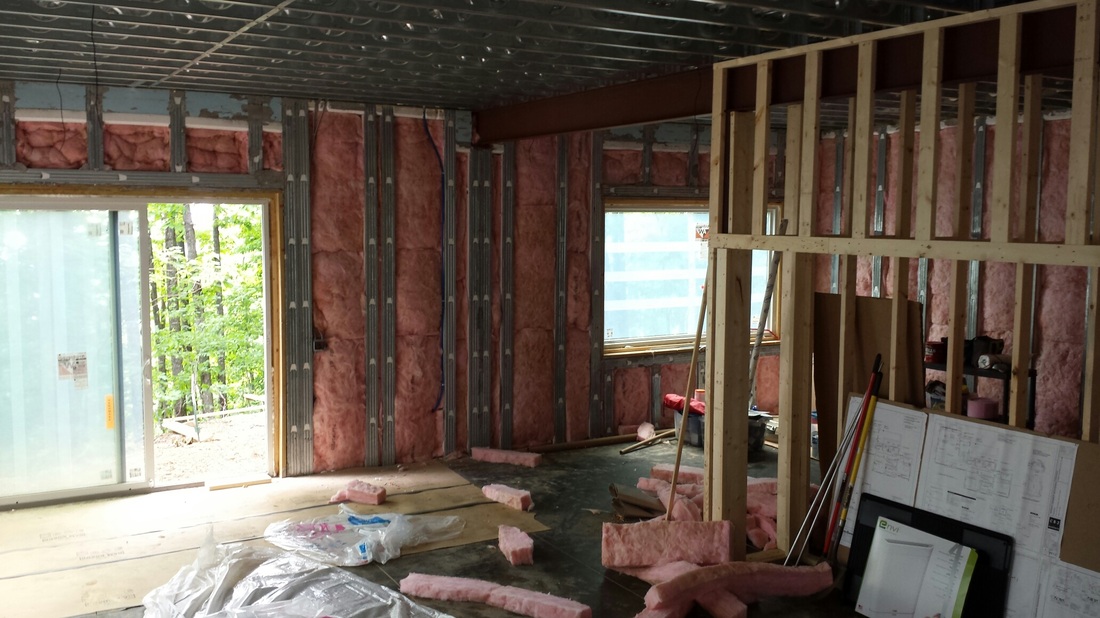
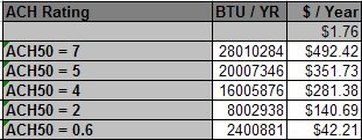

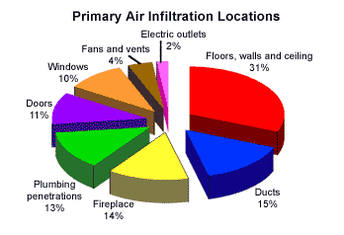


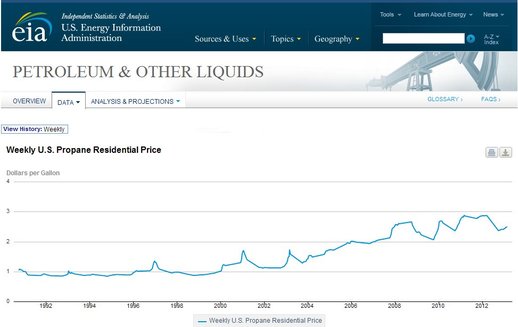
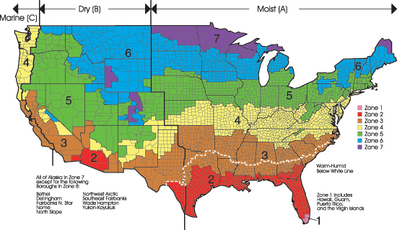
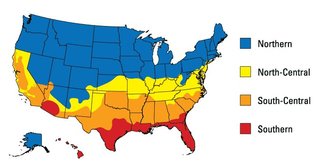
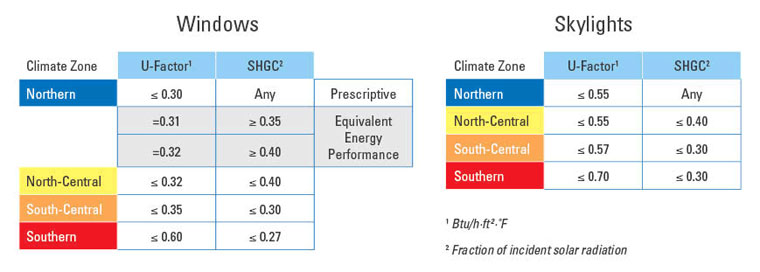
 RSS Feed
RSS Feed